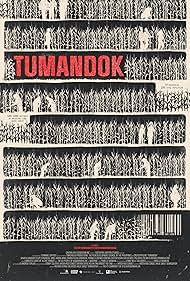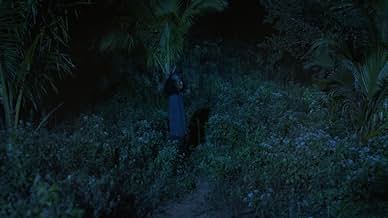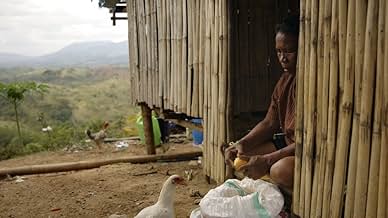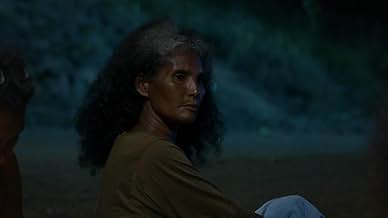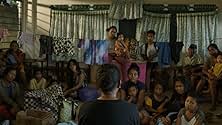In "Tumandok," directors Richard Jeroui Salvadico and Arlie Sweet Sumagaysay craft a deeply moving portrayal of the Ati people's struggles in the Philippines. The film opens with a young Ati, shot by an unknown assailant, lying in a cornfield. Soon, people from his village rush to his aid, setting a powerful tone for the film's exploration of systemic violence and neglect, and reflecting the film's broader critique of a nation burdened by historical injustices.
The narrative structure of the film is simple, focusing on everyday moments and challenges faced by the Aetas in Panay, particularly in Iloilo. The filmmakers present a series of vignettes that collectively illustrate the harsh realities of life under systemic exploitation and socio-economic disparity. The film takes a meditative approach with several scenes unfolding in silence, perhaps to let the viewer absorb the raw and poignant reality of the Atis' lives. This deliberate pacing emphasizes the contemplative nature of their daily struggles and the pervasive impact of systemic issues.
A notable aspect of "Tumandok" is its use of non-professional Ati actors, which brings an unfiltered authenticity to the film. The lead actress, Jenaica Sangher, impresses with her portrayal of strength and vulnerability at the same time.
"Tumandok" portrays how historical injustices continue to shape contemporary socio-political and economic conditions, reinforcing the notion that colonial legacies contribute to ongoing systemic issues. Nonetheless, its focus on suffering and systemic failures might leave viewers feeling overwhelmed. The film's portrayal of the Atis' harsh realities is poignant and prompts reflection on the deep-rooted problems it highlights.
"Tumandok" stands as a significant critique of the intersection between capitalism and colonialism in the Philippines. Through its meditative style, authentic performances, and focus on the daily experiences of the Atis, the film challenges viewers to confront socio-economic disparity and historical injustice and at the very least empaathize with the most marginalized of our fellow Filipinos. Its raw depiction of these issues offers a crucial perspective on the ongoing impacts of exploitation and the need for meaningful change.
